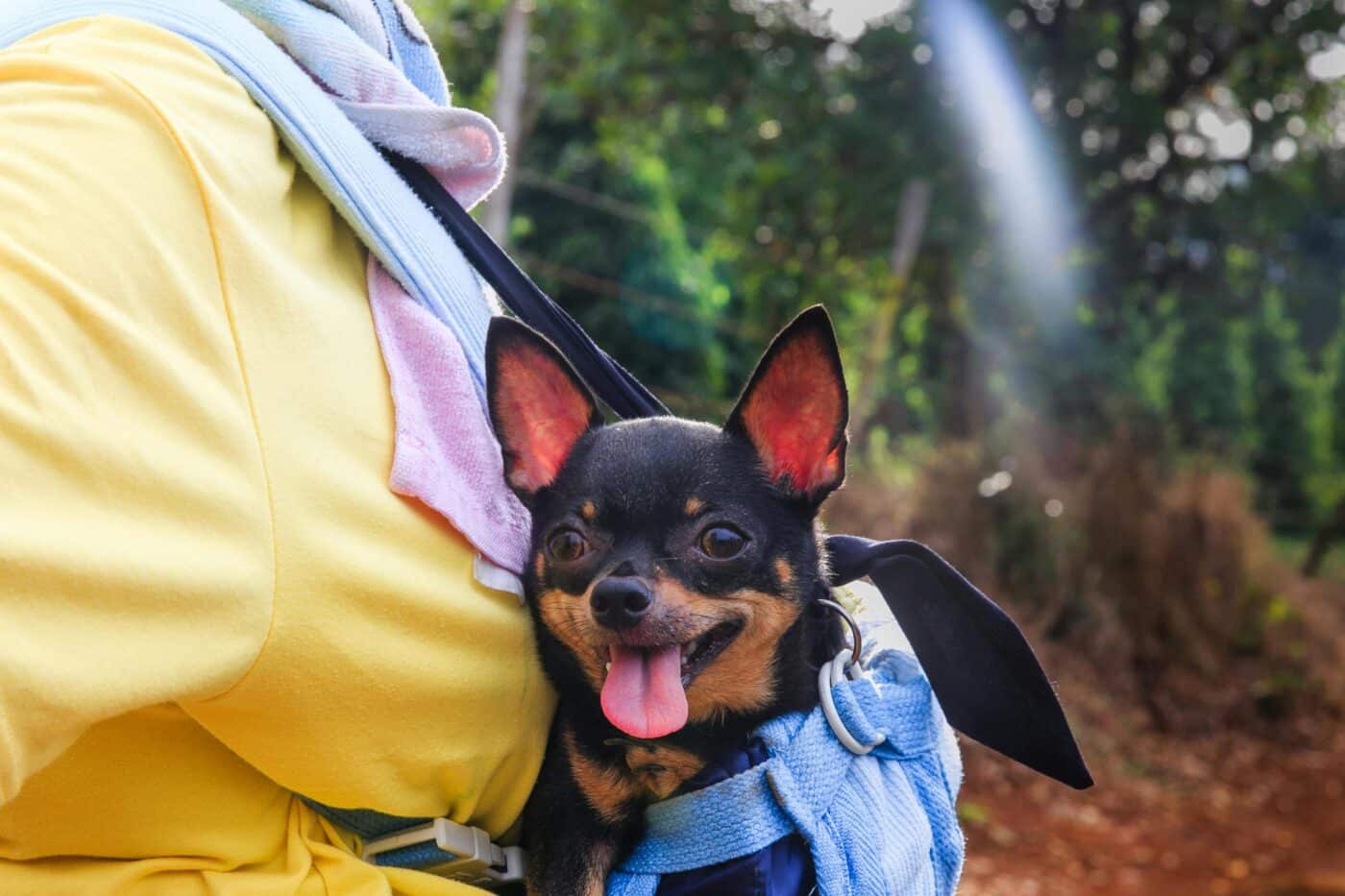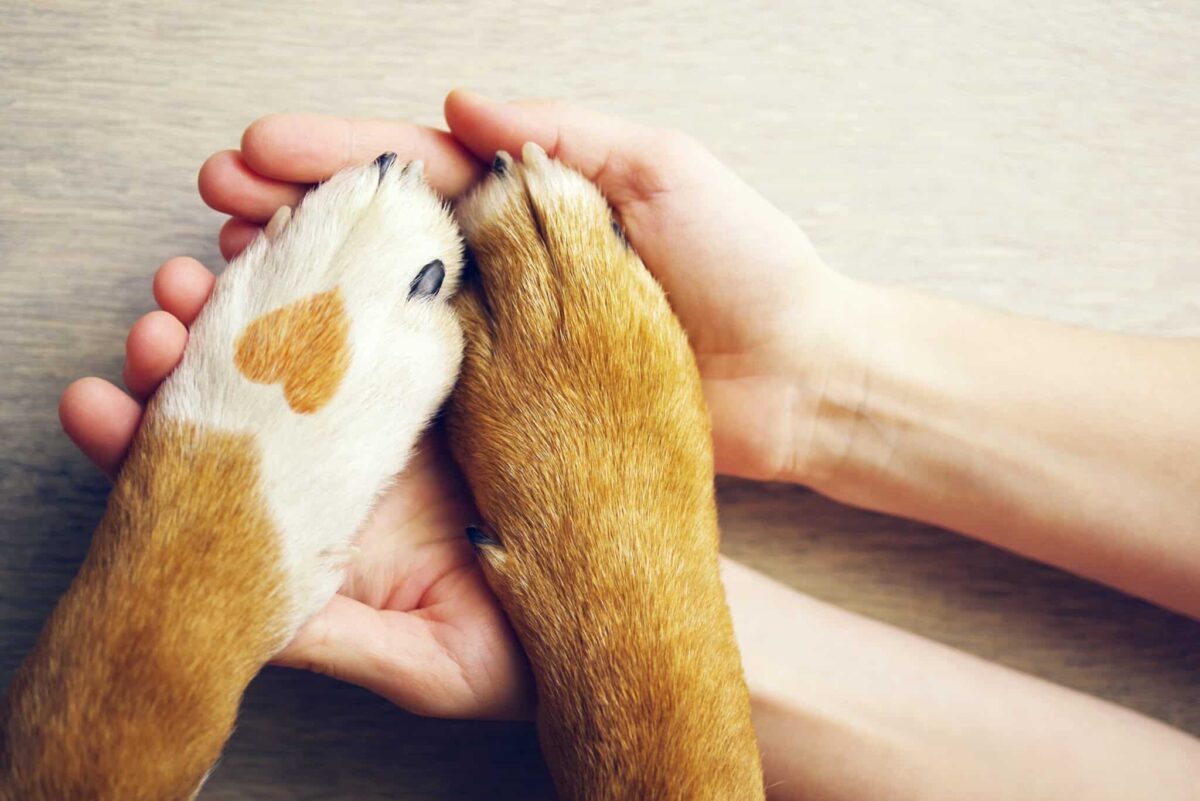 Shutterstock
Shutterstock
For many dog lovers, the bond with their furry friends is one of life’s greatest joys. However, not all dogs are content with solitude; some breeds crave constant companionship and can become anxious when left alone. Potential owners must understand which breeds thrive on human interaction, especially if they spend long hours away from home. By recognizing these needs, owners can ensure their dogs stay happy and well-adjusted. This understanding fosters a deeper and more fulfilling relationship between pets and their families, making every moment together special.
Labrador Retriever
 Shutterstock
Shutterstock
Labrador Retrievers are known for their friendly and outgoing nature, making them one of the most beloved family dogs. They thrive on companionship and social interaction, often forming strong bonds with their owners. Labradors can become anxious and exhibit destructive behaviors when left alone for extended periods, such as chewing furniture or barking excessively. Their need for human interaction is so profound that they may follow their owners around the house, eager for attention. Regular exercise and socialization are essential to keep them happy and engage in activities that stimulate their minds.
Cavalier King Charles Spaniel
 Shutterstock
Shutterstock
Cavalier King Charles Spaniels are affectionate and gentle, often dubbed “velcro dogs” because they tend to stick close to their owners. These small, loving companions thrive on human interaction and can suffer from separation anxiety when left alone. Their friendly nature makes them great with families and children, but their emotional needs mean they require constant companionship. They may become distressed if left alone for too long, leading to behaviors such as whining or attempting to escape. Daily social interaction, cuddles, and playtime are essential to keeping them content.
German Shepherd
 Shutterstock
Shutterstock
German Shepherds are highly intelligent and loyal dogs known for their protective nature. While they are often employed in police and military roles due to their trainability, they also have a strong desire for companionship. They can become bored and anxious when left alone for long periods, leading to unwanted behaviors like barking or digging. These dogs thrive in environments where they can work closely with their owners. To keep a German Shepherd happy, owners should provide consistent training, socialization, and plenty of physical and mental exercise to channel their energy positively.
Bichon Frise
 Shutterstock
Shutterstock
The bichon frise is a cheerful and affectionate breed that thrives on companionship. Known for their playful demeanor and fluffy coats, these dogs are often quite sensitive to being left alone. Bichons can experience separation anxiety, manifesting as excessive barking or destructive behavior. Their strong bond with their owners makes them crave attention and interaction, so bichon frise owners must provide ample socialization and activities. Regular grooming, playtime, and mental stimulation are key to keeping this breed happy and well-adjusted.
Beagle
 Shutterstock
Shutterstock
Beagles are curious and social dogs that love being around people. Their friendly nature makes them great companions, but they can’t stand being alone for long. When left unattended, Beagles may become anxious and engage in vocalizations, barking, or howling. They have a strong sense of smell and enjoy exploring their surroundings, so a lack of companionship can lead to boredom and mischief. Regular exercise, playtime, and social interaction are essential to keep a Beagle happy. Engaging their natural instincts with scent games can also help curb their anxiety.
Border Collie
 Shutterstock
Shutterstock
Border Collies are renowned for their intelligence and energy levels, often requiring more stimulation than many other breeds. While they are incredibly trainable and excel in various dog sports, they are not fond of being left alone. These dogs thrive on human interaction and quickly become bored when their owners are absent. Separation anxiety can lead to destructive behavior, such as chewing furniture or excessive barking. Providing daily exercise, mental challenges, and plenty of bonding time with their owners is crucial to keeping a Border Collie content.
Chihuahua
 Shutterstock
Shutterstock
Chihuahuas may be small, but their personalities are larger than life. These little dogs are fiercely loyal and often become very attached to their owners. Due to their strong bond, they can struggle with being left alone and may develop separation anxiety. When left alone, Chihuahuas might bark excessively or exhibit clingy behavior upon their owner’s return. They thrive on companionship and social interaction, making it essential for owners to spend quality time with them. Regular socialization and gentle training can help ease their anxiety and promote a more relaxed demeanor.
Great Dane
 Shutterstock
Shutterstock
Great Danes are gentle giants known for their friendly disposition and affectionate nature. Despite their size, they are quite sensitive and thrive on human companionship. When left alone for extended periods, Great Danes can experience anxiety and may engage in destructive behavior. Their need for social interaction means they are happiest when they are near their families. To keep a Great Dane content, owners should provide regular exercise, plenty of affection, and opportunities for socialization. These gentle giants need to feel included in family activities to thrive.
Staffordshire Bull Terrier
 Shutterstock
Shutterstock
Staffordshire Bull Terriers are known for their affectionate and loyal nature. They are highly social dogs that form strong bonds with their families. When left alone, these dogs can experience anxiety and may resort to destructive behaviors, such as digging or chewing. They thrive on companionship and require regular social interaction to feel secure. Daily exercise, training, and playtime are essential for keeping a Staffordshire Bull Terrier happy. Owners should be prepared to spend quality time with this breed to meet their emotional needs and prevent anxiety-related issues.
Pug
 Shutterstock
Shutterstock
Pugs are charming and affectionate dogs known for their playful and friendly personalities. They are deeply attached to their families and do not enjoy being left alone. Pugs may exhibit signs of distress when left unattended, such as barking, whining, or attempting to escape. Their sociable nature means they thrive on companionship, making them excellent lap dogs. Regular social interaction, playtime, and affection are essential to keep a Pug happy. They enjoy being part of family activities, so involving them in your daily life helps prevent separation anxiety.
Shih Tzu
 Shutterstock
Shutterstock
Shih Tzus are known for their friendly demeanor and loving nature. These small dogs thrive on companionship and can struggle with being left alone. Their strong attachment to their owners can lead to separation anxiety when they are separated. Shih Tzus may become vocal or destructive when left unattended, seeking attention or companionship. Owners should provide regular socialization, playtime, and affection to keep a Shih Tzu happy. Ensuring they feel secure and included in family activities is vital for their well-being.
Rottweiler
 Shutterstock
Shutterstock
Rottweilers are known for their strength and loyalty, often forming strong bonds with their families. While they can be independent, they do not enjoy being left alone for long periods. Rottweilers may become anxious when their owners are away, leading to destructive behaviors like chewing or barking. To keep them content, providing consistent training, social interaction, and plenty of exercise is crucial. Engaging in activities challenging their minds and bodies helps prevent anxiety, ensuring they remain well-adjusted and happy companions.
Dachshund
 Shutterstock
Shutterstock
Dachshunds, affectionately known as “wiener dogs,” are playful and curious but thrive on companionship. These little dogs can experience separation anxiety if left alone for too long. Dachshunds form strong attachments to their owners and may become distressed when left unattended, resulting in barking or destructive behaviors. Their need for interaction means they enjoy spending time with their families through playtime or cuddling on the couch. To keep a Dachshund happy, regular exercise, mental stimulation, and socialization are essential to prevent anxiety and promote a joyful temperament.
The Dogs Who Just Can’t Handle The Drama Of Being Alone
 Shutterstock
Shutterstock
Some dogs simply can’t handle the drama of being alone. These breeds crave your attention as if auditioning for a reality TV show! Imagine the chaos if they had a group chat—every time you leave, the messages flood in! If you’re considering adopting one of these affectionate breeds, be ready to embrace their needy nature. Your home will be filled with love, laughter, and a touch of chaos. After all, what’s life without a little four-legged drama to keep things interesting?

 1 month ago
8
1 month ago
8


















 English (US) ·
English (US) ·